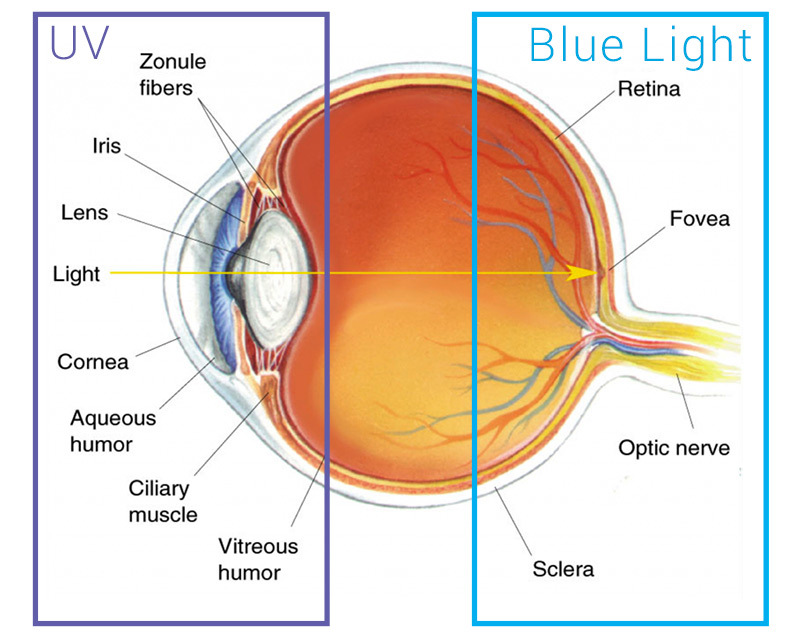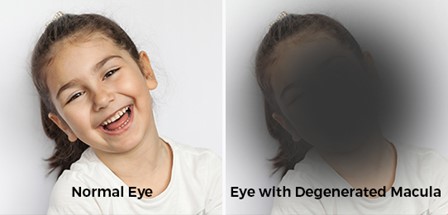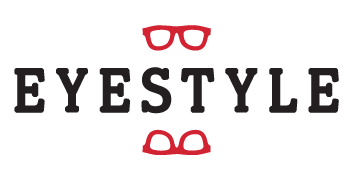
What you need to know about blue light exposure

Most of us spend most of our waking hours staring at a digital screen. In our every-day lives, the common use of a multitude of devices has increased.
For example, smartphones, computer screens, and energy-efficient lighting. It all increases our exposure to blue light.
From an early stage of a child’s life, they see us engage with cell phones and other devices. This is where they develop a passion for these devices. Dependence on digital devices has become a worldwide phenomenon.
What is blue light?
In short, light travels in waves that emit energy. The shorter the wavelength, the higher the energy. Blue light has a shorter wavelength of between 380 nm and 500 nm. Making it one of the shortest and highest-energy wavelengths.

Fig 1: The Electromagnetic Spectrum.
The human eye is sensitive to visible light. Visible light is that part of the electromagnetic spectrum that we see as colours. For example, violet, indigo, blue, green, yellow, orange and red, see Figure 1.
Have you ever thought of light having a certain coloured wavelength? Blue light is exactly that, light with blue wavelengths.
Studies suggested that long term exposure to blue light could cause serious long-term damage to your eyes.

Fig 2: UV effects front part of the eye and Blue light effects the back part of the eye.
Where is blue light found?
Sources of blue light include the sun, digital devices, electronic devices, even fluorescent and LED lighting. Blue light is everywhere. Outside, light from the sun travels through the atmosphere. The shorter high-energy blue wavelength collides with the air molecules to scatter blue light to make the sky look blue. Our natural body uses blue light from the sun to regulate your natural sleep and wake cycles, known as the circadian rhythm. It is beneficial during daylight hours because it boosts alertness, reaction times and moods. During the night, it interferes with our sleep cycle.
Researchers are not sure exactly why exposure to blue light at night seems to have such detrimental effects on our health. It is especially good at preventing the release of melatonin. Melatonin is a hormone primarily released by the pineal gland that regulates the sleep-wake cycle.
What can the potential effects be?
Blue or High Energy Visible (HEV) wavelengths flicker more because they are shorter wavelengths. This kind of flickering creates a glare that reduces visual contrast and affects sharpness and clarity. This flickering may be one of the reasons for eyestrain, headaches, physical and mental fatigue caused by long hours of screen time or other electronic devices.
Our eyes natural filters do not provide enough protection against blue light. Prolonged exposure to blue light may cause retinal cell damage (The retina is a thin layer of tissue that lines the back of the eye on the inside). This type of damage would be irreversible.
It may also contribute to age-related macular degeneration (AMD). This condition is known for central vision loss.

Fig 3: Picture of how age-related macular degeneration affects your vision.
Researchers have also linked exposure to blue light to several types of cancers and an increased risk of depression. Computer Vision Syndrome is a general term for many problems that manifest with too much screen time. Regular use can lead to eye strain and discomfort.
You may notice the following:
- blurred vision
- double vision
- dry, red eyes
- headaches
- irritated eyes
- neck or back pain
Digital eye strain not only affects adults but kids as well. Kids have more digital tools at their disposal than ever before.
The American Academy of Ophthalmology published the following on their website:
“As children spend more time tethered to screens, there is an increasing concern about potential harm to their visual development. Ophthalmologists and physicians who specialize in medical and surgical eye care are seeing a marked increase in children with dry eye and eye strain from too much screen time.”
Who needs protection from blue light exposure?
We all do.
A few tips to reduce exposure to blue light:
- Most cell phones have built-in Blue light shields or filters – use them. (Go into Settings and then into Brightness and Display)
- There are many apps available to control the light levels on computer screens and tablets.
- f.lux is a computer program that adjusts a computer’s display colour temperature according to its location and time of the day.
- Advanced lens coatings are available to protect your eyes.
- Be mindful of reducing your own use of electronic devices at home.
- Enforce a time-zone at home, free from electronic devices.
- Take a break from the computer screen every twenty minutes.
- No screen time allowed at least two hours before bedtime.
Blue light poses an unknown threat to our health. It will take many years before hard evidence presents itself to prove the consequences of blue light exposure.
The best action is to act and protect your family against blue light exposure.
Examine your eyes regularly and get your kid’s eyes checked as well.
Most important is to limit screen time!
Love Your Eyes!
Elke Smit

Elke is the owner of Eyestyle Optometrist. Her passion is to promote eye health and eye care but she is even more passionate about the people behind the eyes. The most important factor is good eyesight which gives us the ability to see the beauty in all things around us.
Your eyes are the window to your soul and most spectacle wearers wear their glasses for the better part of the day.
Choosing the appropriate eyewear is not always easy! Eyewear should feel comfortable, and suitable for everyday challenges.

